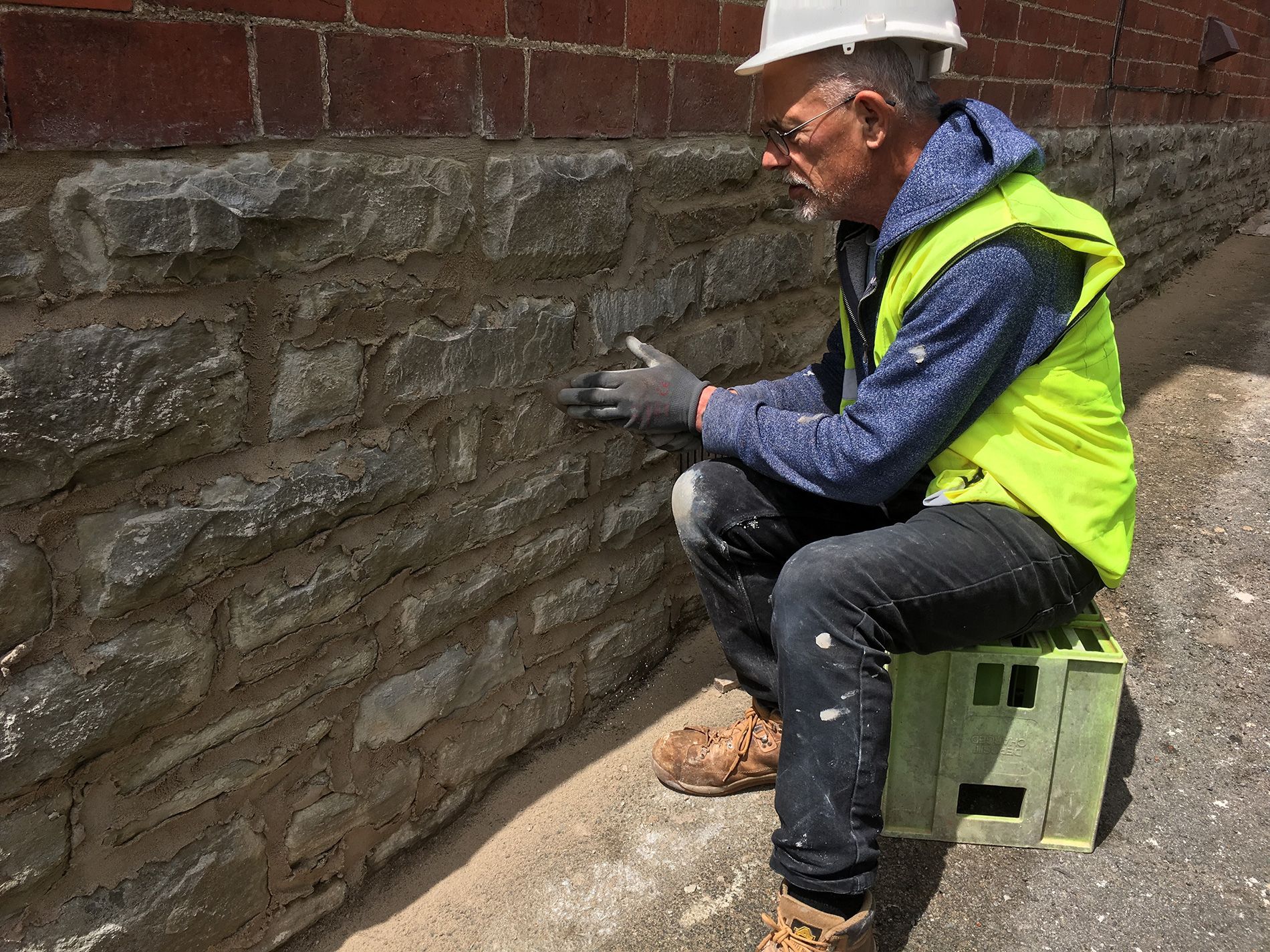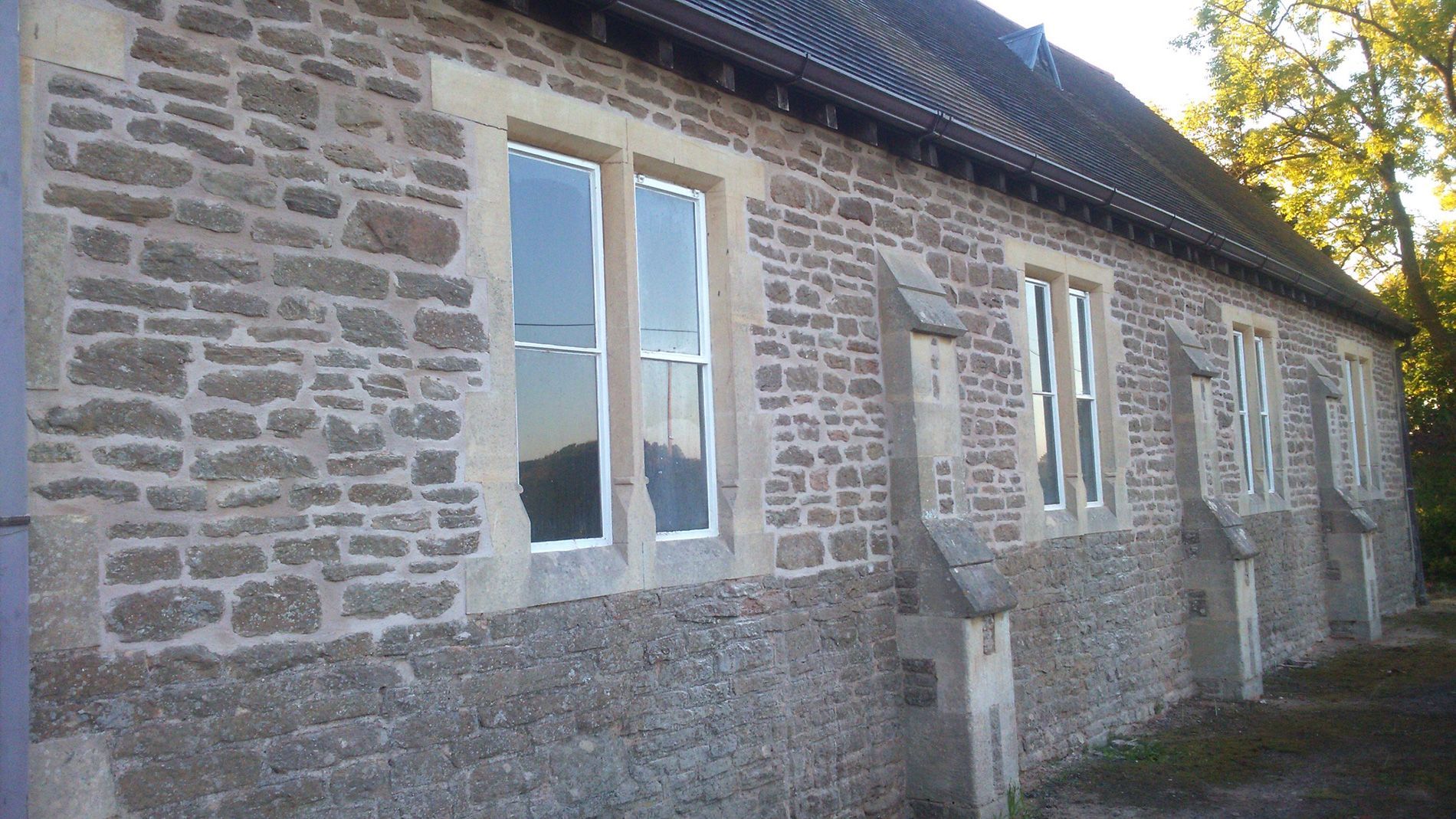Re-pointing
Re-pointing with Cement-based mortars
Cement is very much like flour, the main ingredient in baking that we all know can be used to make many things such as muffins, bread, etc. The most common type of cement used across the world is Portland cement. The primary reason for this is its composition. It is made of concrete, mortar, stucco and grout. The origins of cement can be traced back to the early 19th century. Portland cement has today become the basic ingredient for ready-mix concrete. A cement mortar will always be a good choice.
If you are looking for re-pointing cement work done in Hereford or you are based in any of its surrounding towns, then please feel free to call us on 07713279819.
On being mixed with other aggregates, cement begins to serve a dual purpose. One, it provides for the concrete products to be workable when wet and two, it provides them to be durable when dry.
Any kind of iron or timber structure is exposed to corrosion either by air or water. But with a concrete casing, made by utilizing cement, they can be effectively protected.
Due to its ability to prevent corrosion, cement mortars are also put to use in ships, tanks and bunkers.
A huge devastating fire can leave a building completely burnt down, but if you use a cement mortar, this can be stopped, and can help you build a stronger foundation.
If you are looking for re-pointing cement work done in Hereford or the surrounding area then please give us a call here at Wye Valley Heritage on 07713279819.
All our damp proofing work is guaranteed and certified, so please get in touch if you require more information about damp or would like a consultation.


